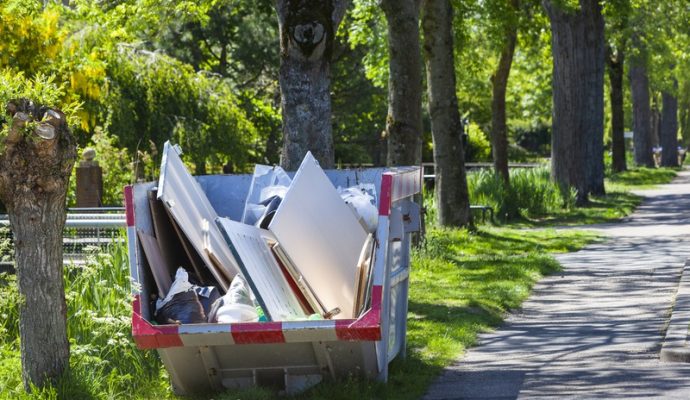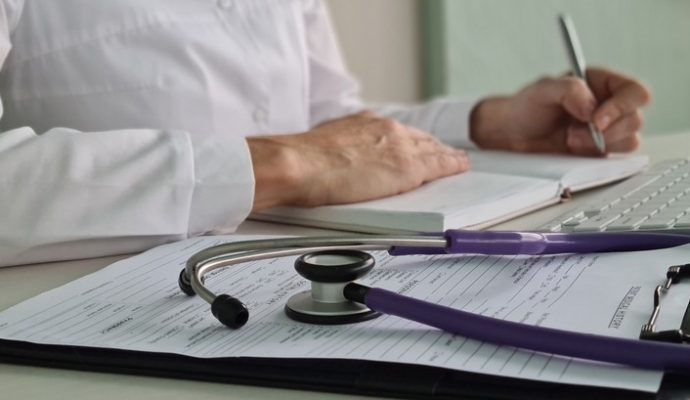When you think of water damage, you might imagine a flooded basement or a leaky roof after a heavy rainstorm. However, the implications of water damage extend far beyond the immediate inconveniences and into significant health risks. If you’ve ever experienced water damage in your home or are just curious about the potential dangers, this topic can unearth the importance of promptly addressing water-related issues. Let’s discuss the health risks associated with water damage and why it’s vital not to take them lightly.
The Mold Menace
One of the most notorious health concerns from water damage is mold growth. Mold thrives in damp, humid conditions, making a post-water damage environment its ideal breeding ground. Here’s why mold is a concern you should take seriously:
-
Respiratory issues: Mold exposure can lead to various respiratory problems, ranging from mild symptoms like sneezing and coughing to more severe conditions such as asthma exacerbation and allergic reactions.
-
Immune system impact: For individuals with weakened immune systems, mold exposure can bring about more serious health complications, including lung infections.
-
Skin and eye irritation: Direct contact with mold can cause skin rashes, eye irritation, and other allergic reactions.
Given the risks, it’s clear that tackling mold growth promptly is crucial for maintaining a healthy living environment. Regarding mold remediation, services like those specializing in PuroClean mold remediation Duncan use targeted strategies to deal with mold outbreaks effectively. They understand the health risks mold poses and work diligently to remove it and prevent its return, safeguarding your home and health.
Waterborne Pathogens
When discussing health risks from water damage, the issue of waterborne pathogens often emerges as a significant concern. Specifically, floodwater can present a dangerous mix, acting as a breeding ground for various bacteria, viruses, and other hazardous microorganisms. These contaminants can lead to severe health complications if not adequately managed, underscoring the importance of thorough cleanup and sanitation efforts post-flooding to mitigate risks and protect public health. Some diseases linked to exposure to contaminated water include:
-
Hepatitis A
-
Giardiasis
-
Legionnaires’ disease
As frightening as it sounds, taking swift actions to clean and disinfect water-damaged areas can help mitigate these risks. PuroClean water restoration Taylors, professional services can provide the expertise needed to tackle the area’s unique water damage challenges. These experts come equipped with the necessary tools and knowledge to ensure a thorough cleanup, restoration, and, when necessary, mold remediation.
Structural Hazards
It’s not just the hidden dangers like mold and pathogens you must be wary of. Water damage can also compromise the structural integrity of your home, posing physical risks such as:
-
Floor and ceiling collapse
-
Electrical hazards
-
Slip and fall accidents due to wet surfaces
Addressing water damage swiftly helps prevent these dangers from becoming a reality, ensuring your living space’s safety and stability.
Chemical Exposures
Beyond biological and structural harm, water damage also heightens chemical exposure risks. Floodwaters and leaks can mobilize harmful chemicals from building materials and furnishings, leading to dangerous exposure. Addressing these chemical risks is essential for ensuring safety in affected environments. Common chemical exposures include:
-
Lead and asbestos from older building materials
-
Pesticides and herbicides carried by floodwaters
-
Household cleaning agents and solvents
Understanding these risks underlines the importance of addressing water damage promptly and taking necessary precautions during cleanup to avoid harmful exposure.
Your Guide to Recovery and Restoration
Given the numerous health risks of water damage, undertaking recovery and restoration efforts is paramount. Here are a few steps to help guide you through the process:
-
Immediate action: Time is of the essence. Quickly assessing the situation and taking initial steps to stop further damage can be crucial.
-
Professional assessment: Contacting professionals for a thorough damage assessment can help identify all risks, including those not immediately visible.
-
Water removal and drying: Properly removing standing water and ensuring the area is completely dry prevents mold growth and secondary water damage.
-
Cleanup and disinfection: Thoroughly cleaning and disinfecting all affected areas helps eliminate pathogens and other hazards.
While it might be tempting to handle everything yourself, certain aspects of water damage restoration are best left to professionals. Finding reputable services is critical to ensuring a safe and effective recovery process.
Speaking of which, finding a reliable partner can make all the difference regarding home restoration in Greer. Services that specialize in dealing with the aftermath of water damage can ensure your home returns to its pre-damage state and is safe for your family.
Final Thoughts
Water damage poses serious health risks beyond mere inconvenience, including mold, pathogens, chemical exposures, and structural dangers. Recognizing these hazards is crucial for health and home protection. Promptly seeking professional help is vital for effectively managing water damage and its repercussions. Quick action is essential to minimize health risks and protect your living environment. Addressing water-related problems immediately is critical to maintaining well-being and home integrity.


